Growing peas in the country without difficulty
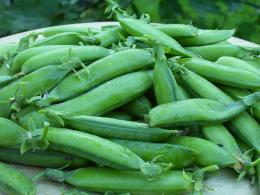
Peas are classified as annual plants. They have a small-thick stem with tendrils ranging from 45 to 250 cm in length. Different varieties of peas have different stem structures (can be ordinary or standard). The stem is light green, but can also be bluish-green. Apart from the tendrils, odd-pinnate leaves extend from the stem. During flowering it has white self-pollinating flowers.
Peas a widespread crop due to its ease of cultivation. In addition, it has many beneficial properties. Therefore, if you have a small piece of land left on your summer cottage, you can plant it with peas. It will delight children with delicious fresh fruits, and will help adults in preparing a variety of dishes. In our article we will tell you the features of agricultural technology for obtaining high yields.
Content:
- What season to plant, how to choose soil and prepare it for planting?
- Selection of pea seeds for planting
- Optimal temperature conditions, lighting, watering
- Care immediately after landing
- Mulching peas and harvesting
What season to plant, how to choose soil and prepare it for planting?
Peas are a cold-resistant and undemanding plant. It should be planted in April, while the soil still retains its moisture, which is necessary for peas to germinate. It is best to choose a sunny place for planting. The soil for sowing peas should have a pH of 4-7; it is not stable in acidic soil. Before boarding seeds the soil needs to be enriched with fertilizer (humus, compost, potash or phosphate fertilizer).
Before planting peas, you need to pay attention to the composition of the soil. In the presence of clayey and heavy soil, the seeds are planted almost on the surface.
If the soil is lighter, then the seeds are buried deeper. Plant peas in rows with a row spacing of 15-20 cm. In advance, install a support (mesh, pegs) at the place where the peas are planted so that when they start to grow, they do not lie on the ground, but trudge along it. Peas growing on the ground will produce meager fruit results.
Selection of pea seeds for planting
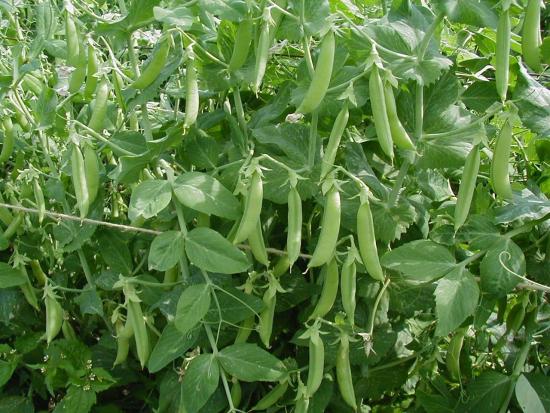
It is worth checking pea seeds before planting so as not to be disappointed with the seedlings. Sort through the seeds, discard any spoiled, rotten or broken ones. Place the remaining seeds in a solution with boric acid 1 gram per 5 liters of water. The seeds should swell slightly, after which they are taken out and, in a swollen but dried form, planted in soil. Another option for selecting peas is as follows.
The peas are placed in a three percent solution of table salt (take 30 grams of salt per 1 liter of water). Seeds suitable for planting settle at the bottom of the container with the solution, spoiled ones float up. The floating seeds are removed, and those that settle are dried until they can crumble. The resulting peas are now suitable for planting. Whatever method you use to select seeds for planting, both are equally effective.
Optimal temperature conditions, lighting, watering
The optimal temperature for pea germination is considered to be 4-6 degrees Celsius, but the seedlings can withstand light frosts (up to -4 degrees). Peas prefer a sunny place, but they can survive a little dark.
Video about how to grow peas in your summer cottage:
Water the peas regularly. Water the peas at the root, although its rhizome grows to a depth of 1.5 cm, in hot weather the plant needs water. Lack of moisture leads to the fall of ovaries and flowers. When watering, consider the location of the peas (sunny or shade).
Care immediately after landing
In order for you to enjoy your harvest, we recommend using the following tips:
- The ground with planted peas needs to be covered with film (for a couple of days), and after the appearance shoots cover them with netting to protect them from birds.
- After the seedlings sprout, after two weeks the soil should be slightly loosened and even the seedlings should be hilled up.
- You need to fertilize peas for the first time when the plant has reached 10 cm. In the future, you can not fertilize the plant or fertilize it no more than once every 2 weeks.
- Do not forget to water the peas, but do not be too zealous so that they do not rot. And when the peas begin to bloom, provide more diligent watering (1 bucket per 1 square meter).
Before the peas bloom, tie up the bushes, because if they lie on the ground, the tied beans will rot. Thanks to this action, you will ensure ventilation and warming of the plant. After two weeks you can try young peas. It is necessary to pick the fruit carefully, without tearing out part of the bush behind the pod. You can increase the amount of harvest by picking ripe pods every day.
Overripe or dry pods on the bush also need to be removed. Such pods slow down the development of young peas. When the pods below are already ripe and dry, the peas can be completely removed from the garden. The ground of this is being dug up. The soil on which peas grew the next year becomes a good predecessor for vegetable crops.
Mulching peas and harvesting
Mulching used to protect plant roots from unfavorable conditions. To do this, the soil around the plant is covered with mulch. The following are used as mulch: manure, fallen leaves, compost, sawdust, straw, special paper or regular newspaper. Mulching reduces growing costs and has a positive effect on plant productivity.
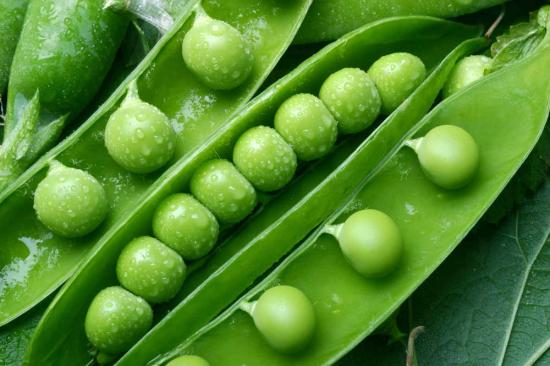
Thanks to mulching, the amount of weeds around is significantly reduced, and the soil retains moisture and nutrients longer. Shelling peas should be harvested when the maximum grain size in the pod is reached and there are no signs of mesh on the surface of the leaves. If white spots appear on the peas, it means the peas are overripe.
If you have planted sugar snap peas, the pods should be harvested when they are green, flat and fleshy. The beans should taste juicy and sweet. Peas of both varieties should be harvested as they ripen, up to several times a season. Now you know all the aspects in growing peas We hope this process will not be difficult for you.

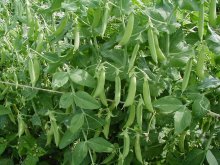
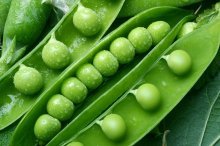
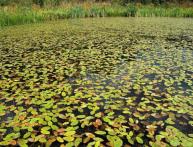
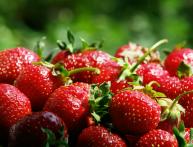
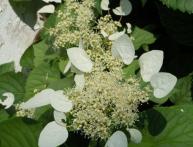
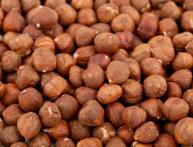
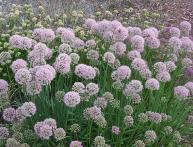
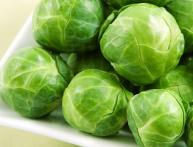
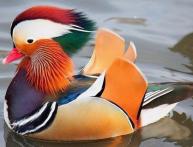

Comments
I have been planting peas in my garden for many years. I usually buy seeds in a special store and plant them immediately. True, I have never tested the seeds with these solutions, but peas sprout normally without it.
We plant peas along the far fence; we have it made of chain-link. We also plant sunflowers there. And they don’t take up space, and it’s convenient to care for, as they crawl upward along the mesh beautifully and actively.
The whole family loves peas very much. And it doesn’t require any special care. Green peas can be frozen and used in salads or cooked in light soup in winter. You can also preserve it.It is only important to ensure that pests do not appear in the garden.
Every year I plant a large bed of peas so that my household can enjoy them fresh. Accordingly, I choose sweet, sugar varieties. The branches left over from pruning raspberries are great for support. Well, then the main problem is not to waste time so that the peas do not overripe and have time to harden.